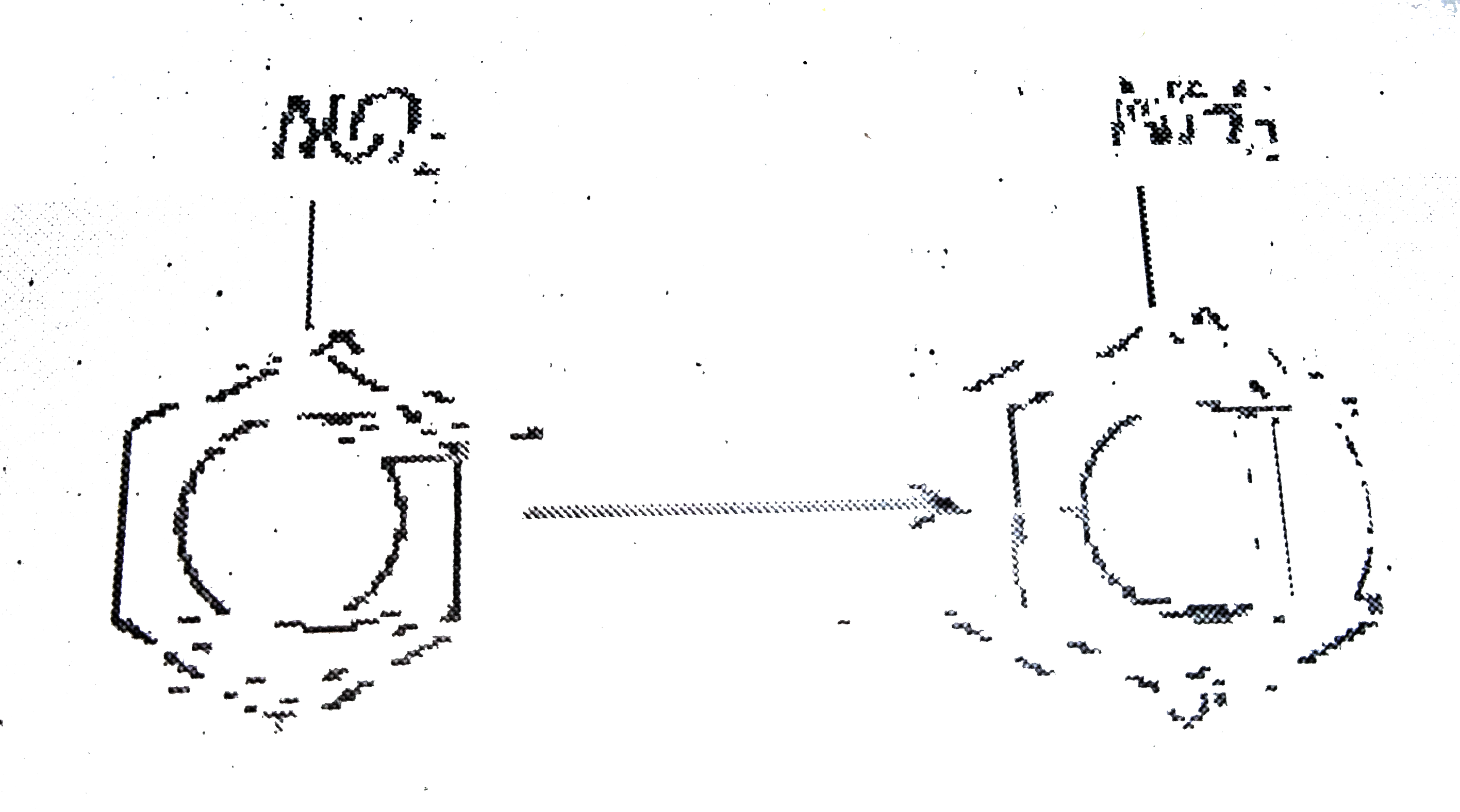Which of the following reagents can give Urotropine, which is used as an antiseptic for urinary track infection ?
Ethanal and ethylamine
Methanal and H2SO4
Methanal and ammonia
Methanal and 50%NaOH
The correct Answer is:C
To determine which of the given reagents can produce Urotropine, we need to analyze each option and understand the structure of Urotropine.
1. Understanding Urotropine:
- Urotropine, also known as hexamethylenetetramine, has a chemical structure that includes four nitrogen atoms. The general formula is (CH2)6N4, indicating that it is formed from formaldehyde and ammonia.
2. Analyzing the Options:
- Option A: Ethanol and Ethylamine:
- Ethanol (C2H5OH) does not contain nitrogen, and ethylamine (C2H5NH2) alone cannot produce Urotropine since it lacks the necessary formaldehyde component.
- Option B: Methanol and H2SO4:
- Methanol (CH3OH) does not react with sulfuric acid to produce a nitrogen-containing compound. This option does not provide the necessary nitrogen.
- Option C: Methanol and Ammonia:
- Methanol can react with ammonia (NH3) to form Urotropine. The reaction involves the condensation of formaldehyde (from methanol) with ammonia, yielding Urotropine.
- Option D: Methanol and 50% NaOH:
- Sodium hydroxide (NaOH) does not provide nitrogen and cannot lead to the formation of Urotropine.
3. Conclusion:
- The only option that provides both the necessary carbon (from methanol) and nitrogen (from ammonia) to form Urotropine is Option C: Methanol and Ammonia.
Final Answer:
- The correct option is C: Methanol and Ammonia.
- Urotropine, also known as hexamethylenetetramine, has a chemical structure that includes four nitrogen atoms. The general formula is (CH2)6N4, indicating that it is formed from formaldehyde and ammonia.
- Option A: Ethanol and Ethylamine:
- Ethanol (C2H5OH) does not contain nitrogen, and ethylamine (C2H5NH2) alone cannot produce Urotropine since it lacks the necessary formaldehyde component.
- Option B: Methanol and H2SO4:
- Methanol (CH3OH) does not react with sulfuric acid to produce a nitrogen-containing compound. This option does not provide the necessary nitrogen.
- Option C: Methanol and Ammonia:
- Methanol can react with ammonia (NH3) to form Urotropine. The reaction involves the condensation of formaldehyde (from methanol) with ammonia, yielding Urotropine.
- Option D: Methanol and 50% NaOH:
- Sodium hydroxide (NaOH) does not provide nitrogen and cannot lead to the formation of Urotropine.
- The only option that provides both the necessary carbon (from methanol) and nitrogen (from ammonia) to form Urotropine is Option C: Methanol and Ammonia.
- The correct option is C: Methanol and Ammonia.
Topper's Solved these Questions
- ALIPHATIC AND AROMATIC ALDEHYDES AND KETONESBook:CENGAGE CHEMISTRY ENGLISHChapter:ALIPHATIC AND AROMATIC ALDEHYDES AND KETONESExercise:Exercises Assertion-Reasoning
Explore 6 Videos
- ALIPHATIC AND AROMATIC ALDEHYDES AND KETONESBook:CENGAGE CHEMISTRY ENGLISHChapter:ALIPHATIC AND AROMATIC ALDEHYDES AND KETONESExercise:Archives Objective
Explore 10 Videos
- ALIPHATIC AND AROMATIC ALDEHYDES AND KETONESBook:CENGAGE CHEMISTRY ENGLISHChapter:ALIPHATIC AND AROMATIC ALDEHYDES AND KETONESExercise:Exercises Multiple Correct
Explore 33 Videos
- ALCOHOL,PHENOL AND ETHERSBook:CENGAGE CHEMISTRY ENGLISHChapter:ALCOHOL,PHENOL AND ETHERSExercise:Archives Analytical And Descriptive
Explore 15 Videos
- APPENDIX INORGANIC VOLUME 2Book:CENGAGE CHEMISTRY ENGLISHChapter:APPENDIX INORGANIC VOLUME 2Exercise:Short Answer Type
Explore 179 Videos
Similar Questions
Knowledge Check
The oxidant which is used as antiseptic is :
AKBrO3BKMnO4CCrO3DKNO3Which of the following Grignard reagent can be prepared ?
ABr−Mg−CH2−CH2−CH2−O−HBBr−Mg−CH2−CH2−SHCBrMg−CH2−CH2−NH2DBrMg−CH2−CH2−N∣CH3−CH3Which of the following is used as an antiseptic?
APhenolBBenzaldehydeCBenzalamineDMalic anhydride
Which of the following reagent can convert propan-1-ol to propanoic acid
View SolutionWhich of the following reagent give markovnikov product with propene:
View SolutionWhich of the following reagents cannot be used for the given conversion?

View Solution
Which of the following reagents can be used for above conversion?
View Solution
Which of the following reagents can perform this conversion successfully?
View Solution
